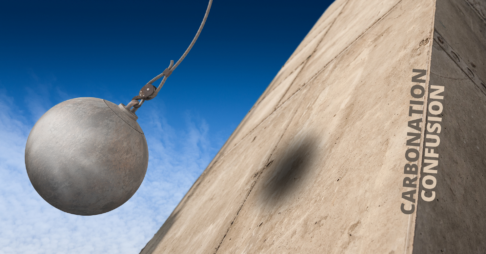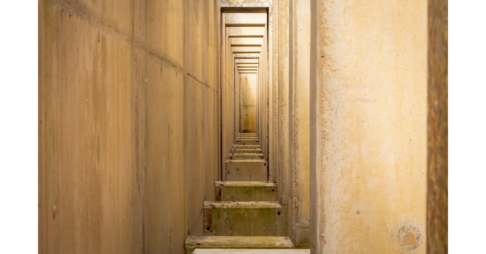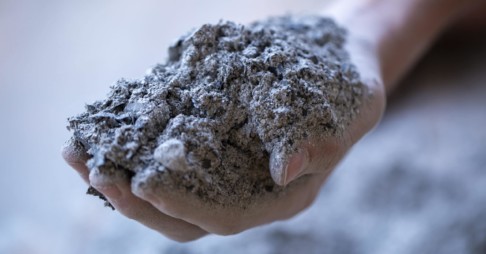At CarbonCure, our dedication to data-driven research and development is more than just a statement — it's a core part of our identity. Anchoring this commitment is our state-of-the-art research laboratory.
In recent weeks, our blog has spotlighted the brilliant minds that form the backbone of our lab's operations. This week, we're excited to shift the focus, inviting you on an exclusive tour of our facility. Join us as we explore the sophisticated equipment and tests that fuel CarbonCure's groundbreaking research.
Advanced Technology Used in Our Experiments
At the heart of CarbonCure's research laboratory is its cutting-edge equipment. Here, we take you through our suite of advanced instruments, from the precision of X-ray diffractometers to the detailed analysis provided by our carbon analyzers.
1. X-Ray Diffractometer
An X-ray diffractometer (XRD) is a specialized instrument used to characterize the crystalline structure of materials, which is crucial for quality control and research. Anhydrous cements, hydrated samples, and other materials received from CarbonCure’s customers are analyzed using our benchtop XRD for their phase composition.
X-Ray Diffractometer (Rigaku Miniflex 600)
2. Thermogravimetric Analyzers
A Thermogravimetric Analyzer (TGA) is an essential tool designed to measure the change in the weight of a sample as it undergoes controlled variations in temperature under inert atmospheric conditions. It is key in analyzing carbonates formed in cementitious systems due to CarbonCure’s mineralization process.
Eltra Thermostep and TA Instruments Discovery SDT 650
3. Mass Spectrometer
Coupled with TGA, the mass spectrometer is a highly sophisticated analytical instrument that provides detailed insights into the chemical composition of gasses or volatile substances released during experiments.
Pfeiffer GSD 350 Thermostar mass spectrometer machine
4. Inductively Coupled Plasma-Optical Emission Spectroscopy (ICP-OES)
The ICP-OES machine is used for elemental analysis of liquid samples. In ICP-OES, a sample is introduced to plasma which ionizes the sample. As the ions return to their ground state, they emit characteristic wavelengths of light corresponding to the elemental composition of the sample. These various wavelengths are measured and recorded by a spectrometer outfitted with a diffraction grating, enabling the identification and quantification of the components contained in the sample.
ICP-OES is vital for operations like quality control and environmental assessment from reclaimed water experiments.
Agilent ICP-OES 5800
5. The Fourier-Transform Infrared Spectroscopy (FTIR)
FTIR measures the interaction between infrared light and materials, aiding in the identification and analysis of cement constituents like silicates, aluminates, and ferrites by measuring the absorption of particular infrared wavelengths by sample.
It is a valuable tool for quality control, monitoring the progress of hydration reactions, and detecting impurities in a sample.
Agilent Cary 630 FTIR machine
6. Carbon Analyzer
This instrument quantifies the carbon content in samples, essential for measuring CO2 mineralization. The analyzer is equipped with infrared cells that measure the mass percentage of carbon in the sample and the amount of CO2 mineralized in cementitious material by CarbonCure’s Ready Mix and Reclaimed Water technologies.
Carbon analyzer used in carbon sulfur analysis.
Our lab's advanced equipment demonstrates CarbonCure's commitment to innovation and excellence. By continuously investing in the latest technology, we ensure the highest standards of quality and safety in our products.

Razing a Common Misunderstanding: Early-Age Carbonation vs. Atmospheric Carbonation in Concrete

